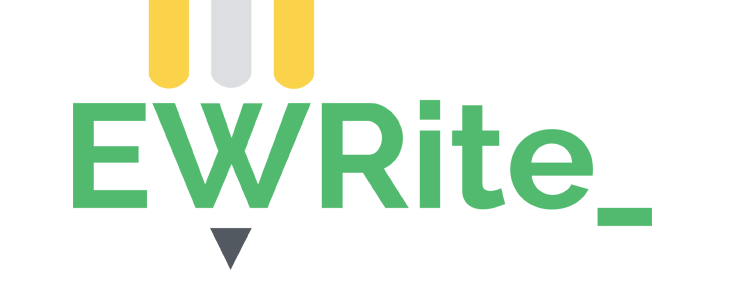2. Structure and planning
A literature review can be an assignment by itself or a section within a paper. In either case, students are often expected to follow the basic three-parts “Introduction-body-conclusion” structure. The table below shows typical sections in a literature review. Note that your subject lecturer may require you to include or change some of the sections and moves according to different assessment purposes, subjects and disciplines.
|
Sections |
Expected moves and content |
|
Introduction
|
· introduce the topic/issue to be reviewed · justify the choice of the issue · clearly state the purpose of the review and your thesis · present an overview of the organization of the review |
|
Main body
|
· summarize and evaluate individual studies and synthesize research · present the underlying principles of the area of research · analyze the sources and highlight their significance in relation to the topic area · evaluate the sources by identifying and discussing their strengths and weaknesses |
|
Conclusion
|
· restate the purpose of the review · summarize the main findings from the review · make recommendations moving forward |
|
References
|
· include all the sources cited in the text such as journal articles, books and well-recognized websites, strictly following the required referencing style |
If your literature review is a standalone assignment, one paragraph (or sometimes a section) will be dedicated to introducing the topic and one to concluding the essay with a summary of the main findings. If your literature review is part of a larger paper, the introduction and conclusion may be just a few sentences instead.
The thesis of a literature review should be developed based on the focus of your assignment. For instance, your teacher may ask you to write a literature review that argues a stance regarding the progress made in a subject-related area and to conclude with general areas where further research is needed (as in a basic literature review). In this case your thesis will be to produce a position on the state of the existing knowledge on a topic. On the other hand, if your assignment requires you to review sources in a specific area in order to identify a niche or gap which your research will occupy (as in an advanced literature review), the thesis of your literature review should then address your research questions.
About this website
EWRite is an open access online literacy platform for PolyU community that has two major objectives:
- to support PolyU students’ literacy development within and across the disciplines
- to support subject and language teachers to implement system-level measures for integrating literacy-sensitive pedagogies across the university
This platform provides access to generic genre guides representing typical university assignments as well as links to subjects offered by faculties with specific disciplinary genres and relevant support materials.
The materials can be retrieved by students by choosing the genres that interest them on the landing page. Each set of materials includes a genre guide, genre video, and a genre checklist. The genre guide and video are to summarize the genres in two different ways (i.e. textual and dynamic) to fit different learning styles. The genre checklist is for students to self-regulate their writing process. The genre guide and checklist include links to various ELC resources that can provide further explanation to language items (e.g. hedging and academic vocabulary).
The platform also acts as a one-stop-shop for writing resources for students, language teachers and subject leaders. Information about the English Writing Requirement policy can also be found on this platform. There are training materials for new colleagues joining the EWR Liaison Team.


